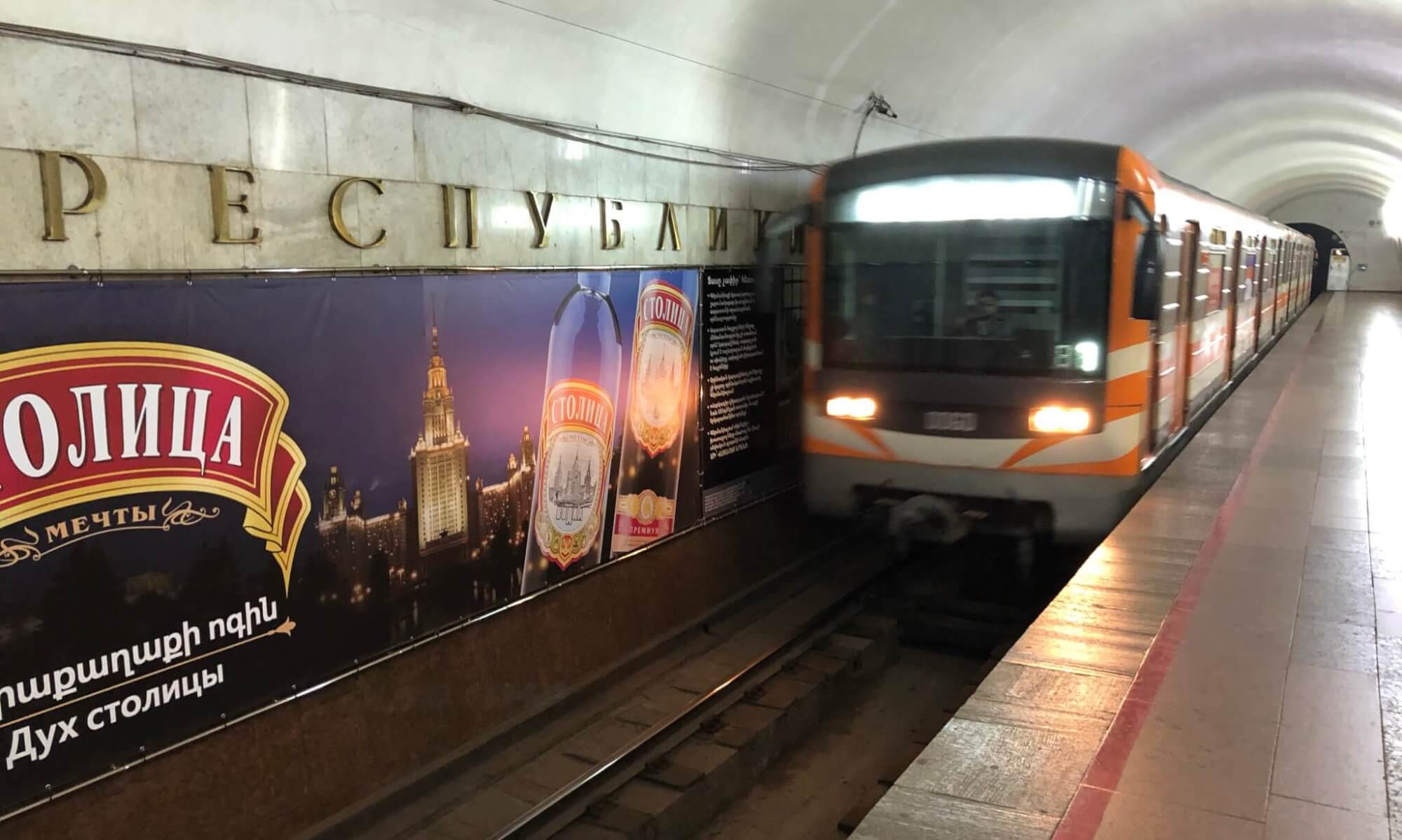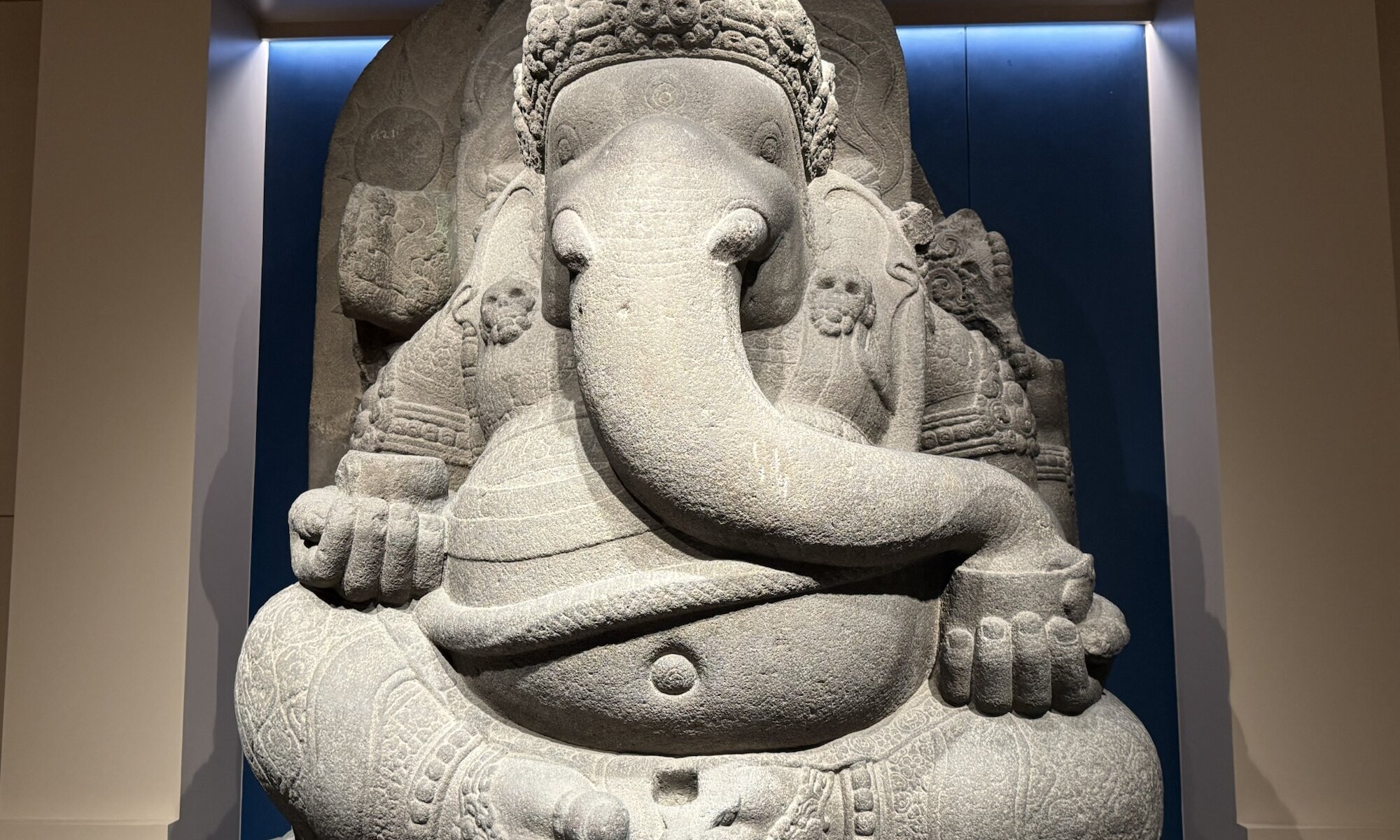The National Museum in กรุงเทพฯ stands as a monumental beacon of Thai culture and history. Established in 1874 by King Chulalongkorn (Rama V), it was originally created to display the royal collections of his father, King Mongkut (Rama IV). The museum’s home is the former Wang Na Palace, once the residence of the viceroy or ‘Front Palace‘ – a position remaining in Thai royal tradition until King Rama V’s reforms. The site itself is steeped in history, with many of its buildings dating back to the late 18th century, offering visitors a glimpse into both royal heritage and architectural grandeur.
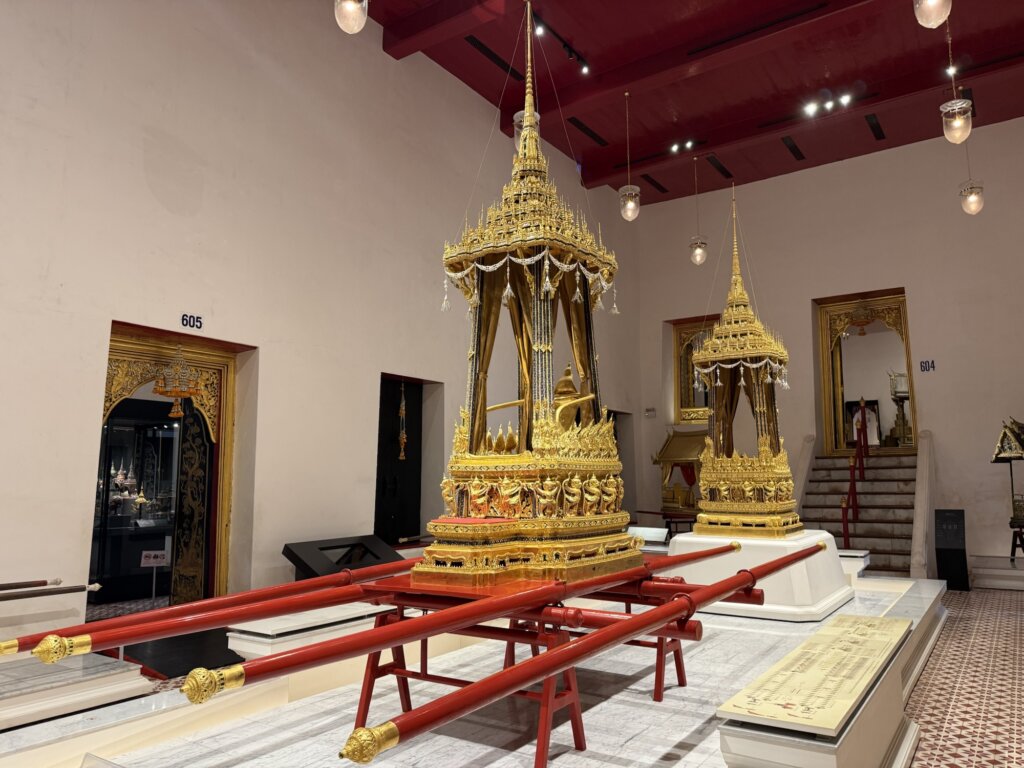
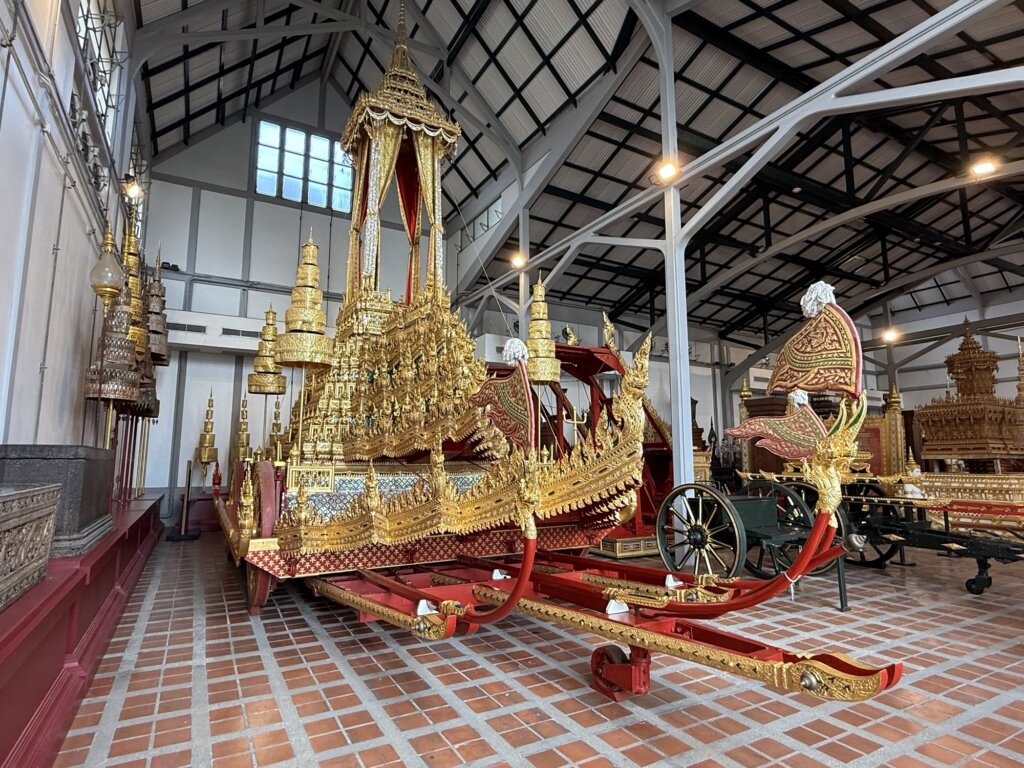
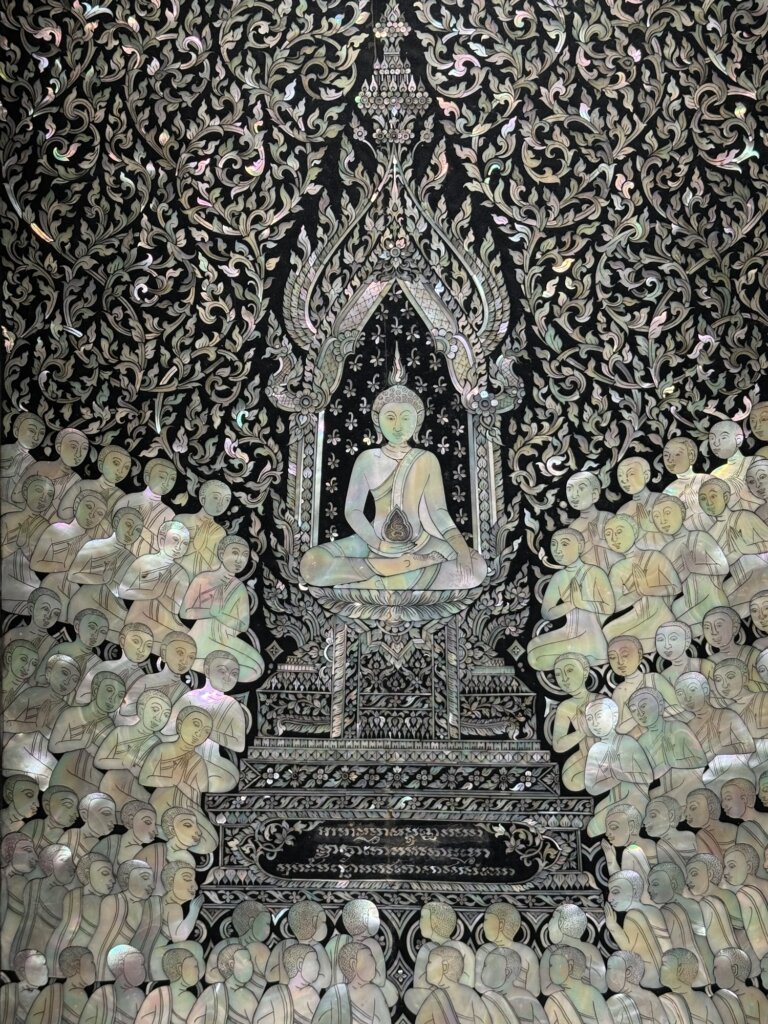
Today, the National Museum’s extensive collections span periods from prehistoric times through the great Thai kingdoms of Dvaravati, Sukhothai, Ayutthaya, and into the Rattanakosin era. The museum is organised into three main sections: the Thai History Gallery in the Siwamokhaphiman Hall focuses on Thailand’s historical evolution, featuring key artefacts such as King Ramkhamhaeng’s inscribed stone pillar, believed to be the oldest example of written Thai script. Adjacent galleries showcase archaeological and fine arts collections, displaying statues, ceramics, and relics from various periods, revealing the diverse cultural influences that shaped the nation.
A unique highlight within the museum grounds is the Buddhaisawan Chapel, a sacred space housing the revered Phra Phuttha Sihing Buddha image, accompanied by exquisite 18th-century murals depicting the life of the Buddha. This chapel exemplifies the blend of religious reverence and artistic mastery that characterises much of Thai culture. Besides religious artefacts, the museum boasts rich ethnological and decorative arts exhibits that include intricate mother-of-pearl inlays, traditional musical instruments, royal regalia, textiles, and even ornamental funeral chariots used in royal cremations.
The National Museum is much more than a historical repository; it acts as a vibrant cultural institution that illustrates Thailand’s rich heritage through immersive displays spread over beautiful historic buildings. Visitors can not only explore the evolution of Thai civilisation but also appreciate exquisite craftsmanship and spiritual art forms that have endured for centuries. It remains an essential destination for anyone seeking a profound understanding of Thailand’s past, its artistic achievements, and the legacy of its monarchy.
National museum
กรุงเทพฯ
Thailand
Loading map...

